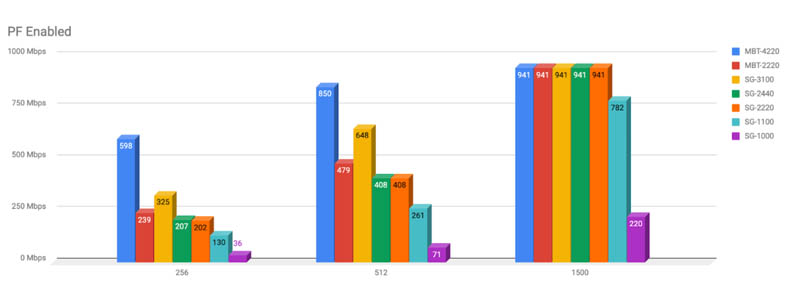

It resulted in the partition below and seems to use more memory.Īfter the recovery completed, i removed the usb and powered cycled the device.Īs i do not appear to have put the config.xml in the correct location, it loaded a default configuration on 192.168.1.1/24, I used the console to configure the correct IP, VLAN, enable DHCP and defaulting to http to access, then used the web interface for the restore. I set ZFS as recommended, not sure if it was a good idea of not. Never watched the SG-1100 boot, and there are a lot off messages that scrolls past. I setup PuTTY and enabled session logging.

When you power off the SG1100 device for too long the the Prolifix USB-to-Serial Comm Port (COMx) disappears on Windows 10, so you have to insert the usb and restart from the browser/web interface if you want to stop the boot and do the run usbrecovery This seems to be the full instructions, i'll try it next time. there seem to be lots of posts stating different folders, i had to restore it manually at the end. So after reading the instrutions a couple of times and logging a system outage with the family, I have just successfully attempted it on one of my two pfsense SG-1100 devices ( the other is 80km away so that will have to wait )īackup your full configuration, i tried placing it as config.xml on the DTBFAT0: partition but it did not restore. Fortunatley I had not attempted previously but noted "22.05-RELEASE (arm64) => Unable to check for updates** I got the 23.01 / SG-1100 email yesterday about needing to do a do a full reinstall. Repository pfSense has no meta file, using default settingsĮRROR: Unable to compare version of pfSense-repo Repository pfSense-core has no meta file, using default settings Updating pfSense-core repository catalogue. When trying (13) Update from console I get : > Updating repositories metadata. When I'm in System->Update get "Unable to check for updates" On my SG 1100 when I4m on the front page I get "Unable to check for updates",


 0 kommentar(er)
0 kommentar(er)
